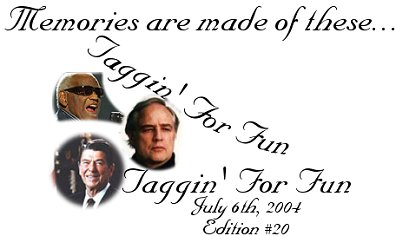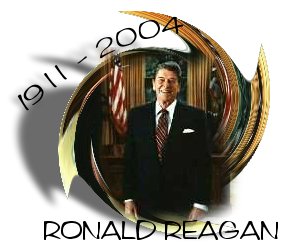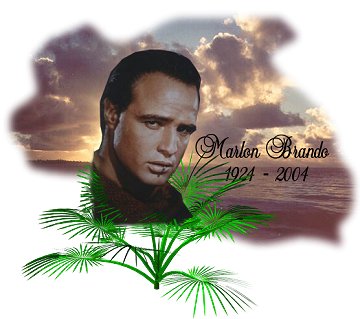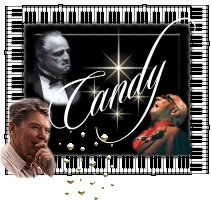
Today's Strolling is a trilogy in memory of three of America's treasures





Ronald Wilson Reagan was born in 1911 in Tampico, Illinois, the second son of Jack and Nelle Reagan. He had a difficult childhood. His father was an itinerant shoe salesman and an alcoholic. In school, his undiagnosed nearsightedness held him back until a writing teacher named B. J. Frazier brought out the boy's native talent. "I was always called on to read [my papers]," Reagan remembered. "Maybe that's where the 'ham' began." Public speaking would become Reagan's passion, a practice he combined with his own brand of humor and optimism. The caption beneath his high school yearbook picture read, "Life is just one grand sweet song, so start the music."



The most famous proponent of Method acting and considered by many to be America's finest actor, Brando paved the way for a new style of acting in the 40s and 50s, first working on Broadway, where he created his first signature role as Stanley Kowalski in A Streetcar Named Desire. He made his screen debut in 1950's The Men, which was followed by his Oscar-nominated re-creation of Kowalski in Elia Kazan's film of A Streetcar Named Desire. Riding his sudden superstardom, roles in Viva Zapata, Julius Caesar, The Wild One and On the Waterfront followed, the latter of which won him his first Oscar. Once he became a true icon in the late 50s and 60s, he branched into directing (1961's One Eyed Jacks) and a troubled, bloated adaptation of Mutiny on the Bounty, where his need for perfection (and infatuation with the south Pacific) put the movie over budget and over schedule.

Whatever your beliefs or politics, we say goodbye to these three men who each in their own way contributed in changing the face of America, be it through their music, their movies, or their role in our government....thank you to them all.
Until we stroll again, keep America in your prayers, a song in your heart, and the spirit of love in your life
